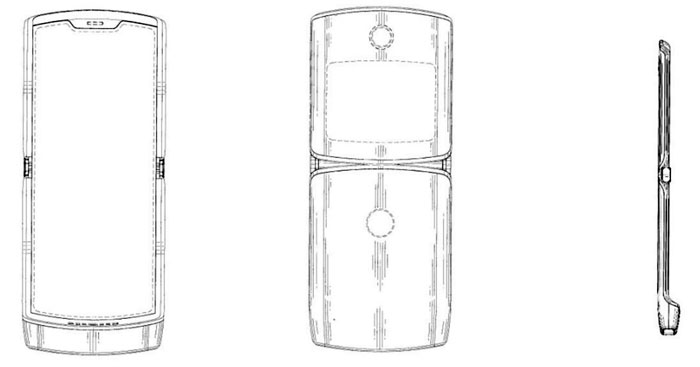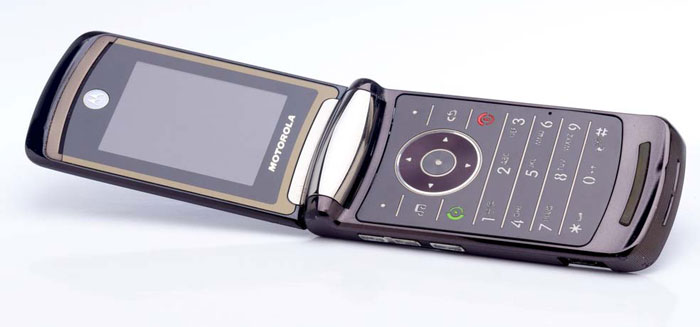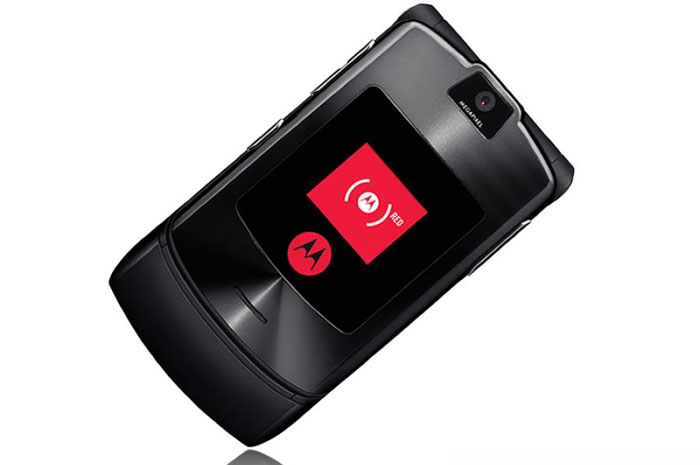Deleted
You say more screen area but the plan in the article doesn't seem to demonstrate that.
You didn't say it was this specific phone, just “a foldable smartphone”.
If you want to talk about this specific phone, then yes it has far more screen space than the RAZR V3 of similar design. Probably the intent. The same follows with most smartphones, though - With a folder you could start with a normal size phone, but still unfold it for almost twice the screen space.
Deleted
And eve if you did add a larger screen, it would still come with the necessary trade-off of more bulk.
Depends what you start with. Like I said, most phones are too thin for me already, and the need for bigger and bigger screens just means we effectively end up with a massive pane of glass in our pockets.
But with most of the gubbins in one half, the additional screen would only be a few mil thick. Possibly less, with the right spatial planning. Already they're making laptops that are stupidly thin, so why not phones?
Deleted
You could only add a larger screen and retain the same overall volume by reducing the size of another substantial component - and the only likely candidate for that is the battery.
Or rearranging the components half and half, so an even bigger battery taking up one side and the PCB fancy bits in the other. Opened up it'd still be the same as a normal phone, if not slightly smaller, but with more screen area to play with you could also spread things out to make them still thinner.
Deleted
Personally I'd find the non-foldable ‘candy bar’ form a better fit in my pocket, but maybe there is a market for shorter, thicker phones.
There's definitely one - Already I have to wear cargo pants just to have a pocket that fits the phone! My favourite form factors have always been smaller,
slightly thicker phones that are easier to pocket. My first Samsung even fit in the watch pocket of my jeans. If the current phone design gets any bigger, I'll be able to use it as a riot shield!!
Deleted
And I'm not saying that a hinge is likely to break (you gave plenty of examples of tough hinges), but a hinge is inherently weaker than not-a-hinge.
Depends on the hinge - Hinges can easily be designed to over-flex. Rigid-frame bodies inlaid with glass, not so much.
Deleted
And a phone kept in a pocket all day is likely to see move mechanical trauma than a laptop or console.
Depends how often you use it and how much you abuse it. None of my previous folders had damaged hinges, despite me habitually flipping them open like Captain Kirk… especially my old Star-Tac!!
Deleted
Not sure about your battery point - large batteries are certainly better (loving the 4000mAh in my current phone), but large electrical capacity comes with large physical size and that inhibits this kind of form factor.
My point is that it'll only be a few mm thicker, which won't bring the sky crashing down on us.
Deleted
My point, in a nutshell, is that a hinge is a (relatively large) mechanical element which must be accommodated in the mechanical design somehow, and that accommodation by definition will come at the expense of either a smaller battery (with a similar screen size to current) or a larger overall volume (larger screen and similar/larger battery).
Then get ready for the 1980s, because carrying a car battery with a brick sized handset is comin' back, in a BIIIIIIIIIIIIIG way!!!!! :D
Seriously, the HTC Desire Z had a QWERTY keyboard on a hinge, which took up less than 2mm extra width and about 1½" length. It was frighteningly small, but ridiculously strong.
Deleted
I don't think adding a foldable screen will inherently improve the screen's survivability
Just the amount of times people drop their phones from bags or while accessing pockets, means it'll be hitting the floor closed, and thus protected. Statistics, y'see!
Deleted
though the materials the foldable screens are made of are presumably pretty shatter resistant - these materials could be implemented with or without a fold if you were simple looking to improve the durability of the screen.
I've never shattered a screen. It's always been scratches and gouges, which even some fancy Gorilla protectors couldn't guard against.
But again, I'm more interested in something smaller than my current phone, that opens out an even bigger screen than what's on the market now.
















